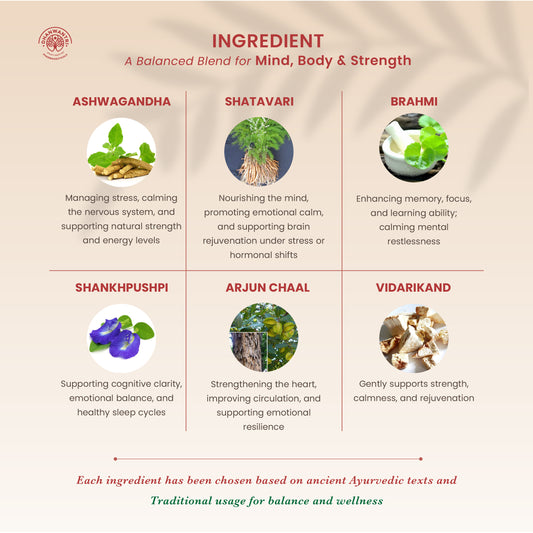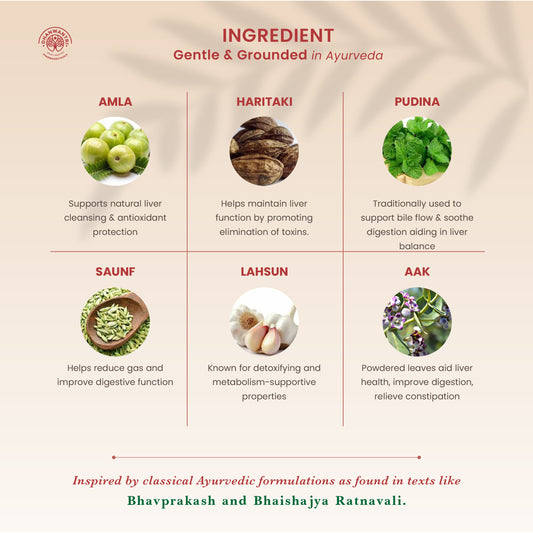How To Cure Chronic Migraine
During episodes of chronic migraines, individuals often endure recurrent and severe headaches, typically lasting for hours to days. These periods are marked by intense pulsating pain, often concentrated on one side of the head, and can be accompanied by additional symptoms such as nausea, vomiting, sensitivity to light and sound, and, in some cases, visual disturbances known as auras. These incident periods greatly disrupt daily activities and may result in a diminished quality of life, necessitating rest and sometimes medical intervention for relief.
Understanding about chronic migraine.
What is chronic migraine?
Chronic migraine is a neurological condition characterized by frequent and persistent migraine headaches. It's diagnosed when a person experiences headaches on 15 or more days per month for at least three months, with at least eight of those days being migraines. These headaches can be intense and disabling, often accompanied by symptoms like nausea, sensitivity to light and sound, and sometimes aura (sensory disturbances preceding the headache). Chronic migraines can significantly impact a person's daily life, leading to difficulty in functioning normally and affecting their overall quality of life.
Types of chronic migraine
Migraine without Aura: This is the most common type of migraine. It involves moderate to severe pulsating headaches, often on one side of the head, accompanied by nausea, sensitivity to light and sound, and can last from hours to days.
Migraine with Aura: These migraines are preceded or accompanied by sensory disturbances, known as auras. Auras can include visual disturbances like flashes of light or blind spots, tingling in the face or hands, and difficulty speaking.
Chronic Migraine: As discussed earlier, chronic migraines involve headaches occurring for at least 15 days per month for more than three months. At least eight of these headaches should have migraine features.
Menstrual Migraine: Some women experience migraines related to their menstrual cycle. These headaches often occur before, during, or after menstruation due to hormonal changes.
Hemiplegic Migraine: This rare type of migraine can cause temporary paralysis or weakness on one side of the body before or during the headache. It can also lead to visual disturbances, speech difficulties, and other sensory issues.
Vestibular Migraine: This type involves dizziness or vertigo as the primary symptom, along with other migraine symptoms like headaches, nausea, and sensitivity to light and sound.
Causes of chronic migraine
Genetics: There might be a genetic predisposition to chronic migraines, as individuals with a family history of migraines are more likely to experience them.
Changes in Brain Structure and Function: Chronic migraines could be linked to alterations in brain chemicals, nerve pathways, or neurotransmitter imbalances that affect pain perception and migraine triggers.
Medication Overuse: Overuse or frequent use of certain pain-relieving medications, especially those designed to alleviate headaches, might contribute to the development of chronic migraines. This is known as medication-overuse headaches.
Lifestyle Factors: Chronic stress, poor sleep habits, irregular eating patterns, and certain dietary factors can potentially trigger or exacerbate chronic migraines.
Hormonal Changes: Fluctuations in hormones, particularly in women, such as those during menstruation, pregnancy, or menopause, might play a role in chronic migraines.
Environmental Factors: Exposure to certain environmental triggers, like bright lights, loud noises, or strong smells, could contribute to the frequency or severity of migraines in susceptible individuals.
Symptoms of Migraines:
Frequent Headaches: Headaches occurring 15 or more days per month for at least three months.
Intense Pain: Moderate to severe throbbing or pulsating pain, usually on one side of the head.
Nausea and/or Vomiting: Feeling nauseous or actually vomiting during migraine attacks.
Sensitivity to Light and Sound: Increased sensitivity to bright lights or loud sounds, sometimes even to strong smells.
Aura: Visual disturbances, sensory changes, or motor weakness that can precede or accompany the headache phase.
Fatigue and Difficulty Concentrating: Feeling tired or having trouble concentrating during or after a migraine attack.
Neck Stiffness: Some individuals might experience stiffness in the neck during a migraine episode.
To manage chronic migraines:
Track Triggers: Keep a diary to identify and avoid triggers like stress or certain foods.
Healthy Lifestyle: Prioritize sleep, manage stress, exercise regularly, and maintain a balanced diet.
Medications: Consult a healthcare professional for preventive and acute migraine treatments.
Relaxation Techniques: Try methods like meditation or yoga to reduce stress.
Professional Help: Seek guidance from a neurologist or specialist for a tailored treatment plan.
To explore Swarn Madhu and its potential benefits further, you can visit the Tata1mg platform for more information.
Introducing Dhanwantri Pharmaceutical's Ayurvedic Brain Tonic - Swarn Madhu
Benefits of Swarn Madhu :
- Health tonic used to improve energy, vigour and agility in the body and heart
- It gives strength to body and improves physical and mental power. Cures weakness and dullness of brain.
- Boosts vigour, vitality and energy and helps in treatment of lipido
- It has aphrodisiac properties and helps to achieve better sexual performance
- Treats/Cure: Mental Fatigue, Sensation in Limbs, Palpitation of Heart, Sudden Black-Outs, Swoon, Insanity, Insomnia, Anxiety and Depression and Chronic Headache.
Conclusion
Chronic migraines can profoundly impact daily life, causing recurring and intense headaches accompanied by various symptoms. Managing this condition involves identifying triggers, adopting healthy habits, exploring treatment options, and seeking professional guidance. While there might not be a one-size-fits-all solution, a proactive approach tailored to individual needs can significantly improve the management and quality of life for those dealing with chronic migraines.
FAQs
1.What defines chronic migraines?
Chronic migraines are diagnosed when a person experiences headaches on 15 or more days per month for at least three months, with at least eight of those days being migraines.
2.What are common triggers for chronic migraines?
Triggers can vary but may include stress, lack of sleep, specific foods (like aged cheese or processed foods), hormonal changes, environmental factors, strong odors, and certain medications.
3.How are chronic migraines different from episodic migraines?
Episodic migraines occur less frequently, while chronic migraines involve more frequent and persistent headaches over an extended period.
4.What are some effective treatments for chronic migraines?
Treatments may include preventive medications, acute treatments for attacks, lifestyle changes, stress management techniques, and sometimes complementary therapies like acupuncture or biofeedback.
5.Can chronic migraines be cured?
While there's no definitive cure, management strategies can significantly reduce the frequency and severity of chronic migraines, allowing individuals to lead more functional lives.
6.When should I seek medical help for chronic migraines?
If you experience frequent or severe headaches that disrupt your daily life, it's advisable to consult a healthcare professional, preferably a neurologist or headache specialist, for an accurate diagnosis and a suitable treatment plan.





